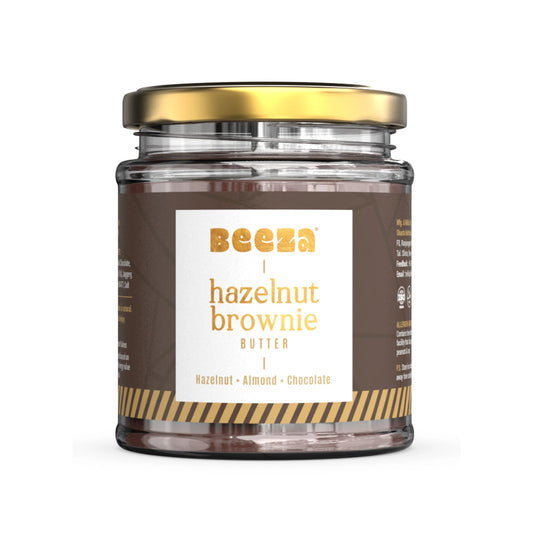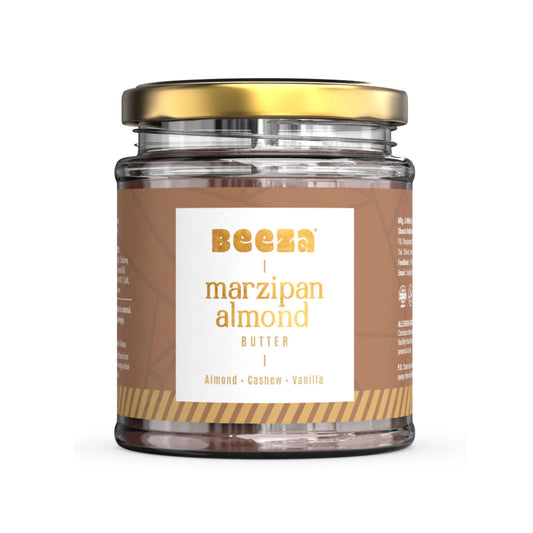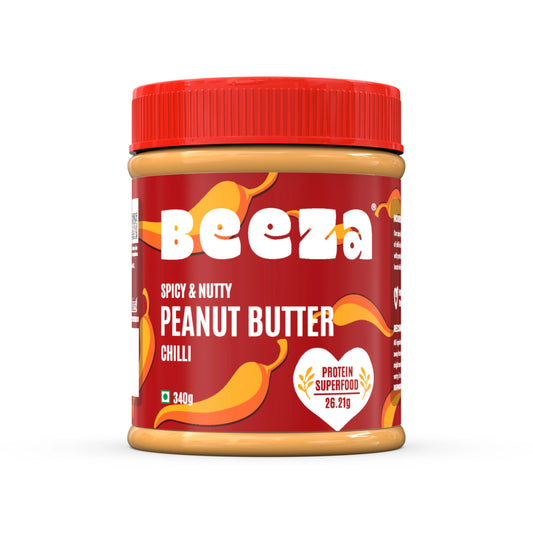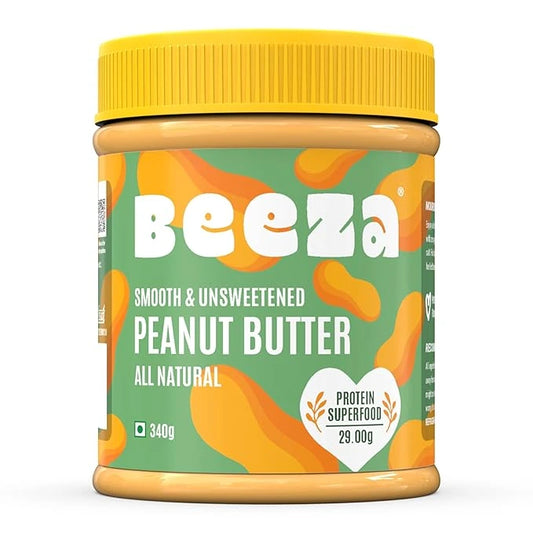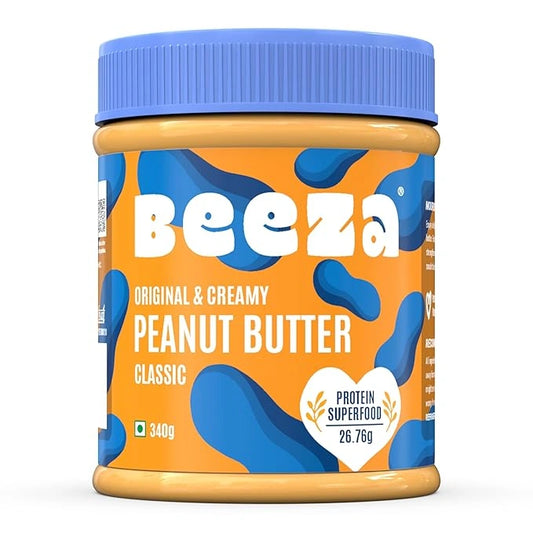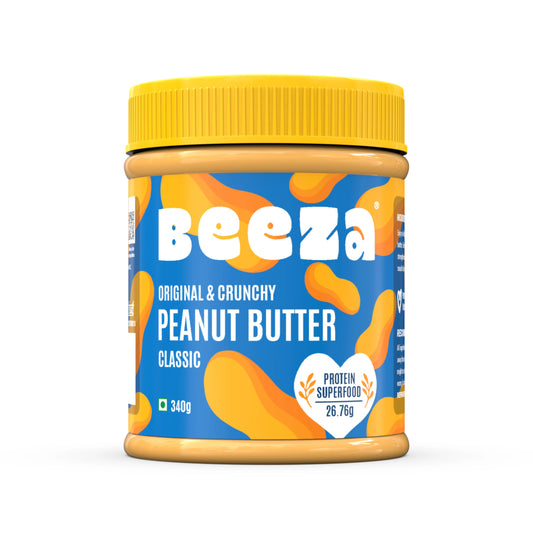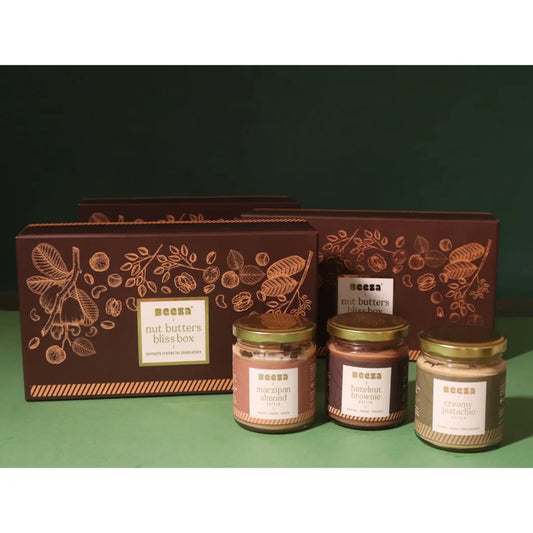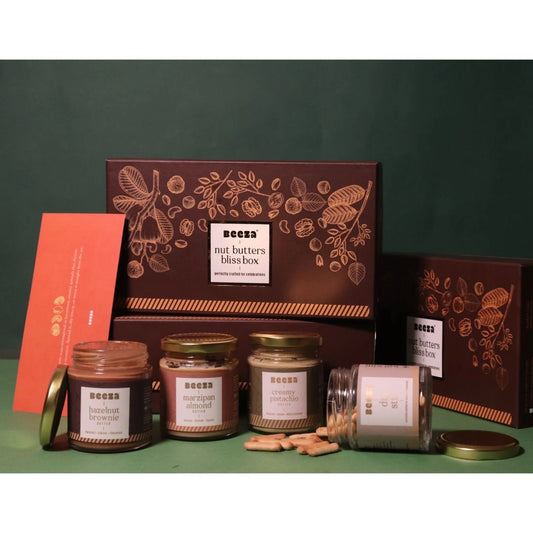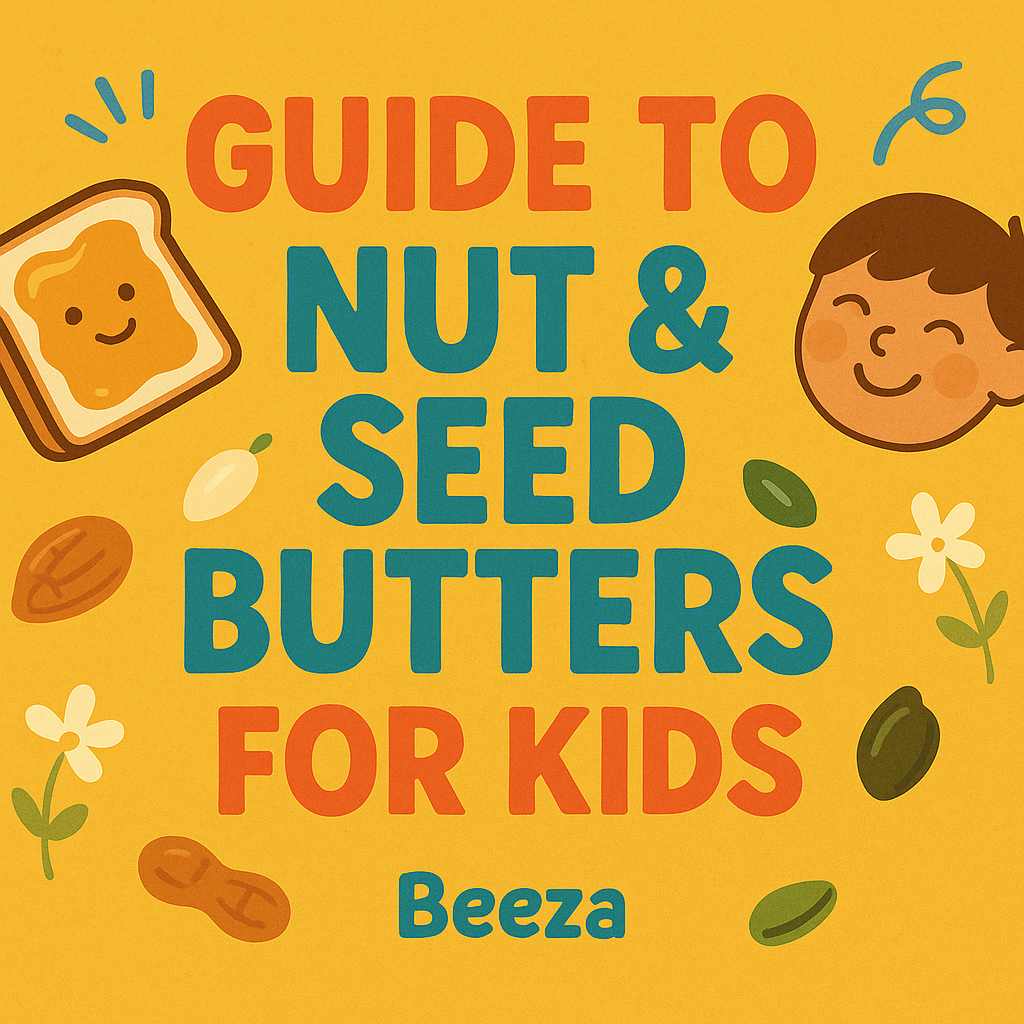
Best Nut & Seed Butters for Kids & Picky Eaters

When it comes to healthy eating for picky eaters, especially kids, parents often feel like they’re playing a never-ending game of hide-and-seek—with nutrients. Enter nut and seed butters: creamy, delicious, and secretly packed with protein, healthy fats, and vitamins. Whether you're dealing with a fussy eater or planning meals for toddlers and school-goers, the right nut butter can be a snack-time game-changer.
In this guide, we’ll explore the best options for nut butter for kids, how to pick safe and nutritious ones, and how to serve them in a way even the pickiest eaters won’t resist.
Why Nut & Seed Butters Are a Smart Choice for Kids
Nut and seed butters are nutrient-dense, shelf-stable, and incredibly versatile. From toast to smoothies to dips for fruit, they make healthy food for picky eaters easy and fun. Here’s why they work:
- Protein & healthy fats support brain development and energy
- Vitamin E, magnesium, and zinc promote immunity and skin health
- Textural variety - smooth or crunchy - helps cater to different food preferences
- They're naturally satisfying and pair well with both sweet and savory foods
For parents looking to build healthy meals for picky eaters, nut butters can be your best-kept secret.
Comparing Popular Nut Butters for Kids
1. Pistachio Butter
Naturally sweet and buttery, pistachio butter is a lesser-known but tasty and healthy option for picky eaters. It’s rich in antioxidants, vitamin B6, and healthy fats. Spread it on crackers or stir into oatmeal for a green-hued breakfast surprise.
Check out: Creamy Pistachio Butter
2. Peanut Butter
An all-time classic and often the first nut butter for baby (once cleared for allergies), peanut butter is a pantry staple. Look for varieties with no added sugar or hydrogenated oils—especially when shopping for the best peanut butter for toddlers or school lunches.
Peanut butter is also high in protein and a good source of niacin and folate, which are key for growth and development. For a fussy eater, pairing it with apples or a banana sandwich might just do the trick.
Check out: Peanut Butter
3. Almond Butter
Almond butter is a richer, slightly nuttier alternative to peanut butter. It’s high in vitamin E, calcium, and magnesium—making it a great nut butter for kids who may not get enough dairy or leafy greens.
Wondering can toddlers eat almond or cashew butter? Yes, as long as allergies are ruled out, and the texture is smooth, not chunky.
Check out: Marzipan Almond Butter
4. Hazelnut Butter
This one is usually associated with sweet spreads, but in its natural form (with minimal or no added sugar), hazelnut butter is a fiber-rich, iron-packed choice that’s perfect for nutrition for picky eaters. Just keep an eye on flavored versions—many are high in sugar.
Check out: Hazelnut Brownie Butter
Top Peanut Butters for Picky Eaters and Allergy Concerns
When selecting the best peanut butter for kids, especially those who are picky eaters, go for:
- Smooth texture (easier to spread and chew)
- Less sugar and salt (check the label)
- Minimal ingredients and no fillers
- Mild flavor—nothing too intense for first-timers
If peanut allergies are a concern, consider seed butters like sunflower butter or pumpkin seed butter, which are also great healthy food options for picky eaters.
Nut & Seed Butters for Picky Eaters: What to Look For
When shopping for nut butter for kids, especially if your little one is a fussy eater, keep these tips in mind:
- Check texture: Go smooth for younger kids, crunchy for older children who like texture
- Avoid additives: Skip added sugar, palm oil, and unnecessary preservatives
- Look for nutrient-dense options: Think protein, fiber, and vitamins
- Taste-test before commitment: Kids can be unpredictable—buy small jars at first
- Use as a flavor vehicle: Combine nut butters with foods your child already loves
Tips for Introducing Nut/Seed Butters to Children
- Start small: A thin layer on toast or a small dip for fruit
- Make it fun: Use cookie cutters for sandwiches or mix into smoothies
- Add to familiar meals: Stir into porridge, drizzle on pancakes, or blend into banana milkshakes
- Pair it with sweet or salty: Try nut butter with strawberries or whole-grain pretzels
If you're introducing nut butter for baby (typically 6 months and up), always consult your pediatrician first and follow the "tiny taste" method to check for allergies.
Things to Consider: Allergies, Sugar Content & Labels
- Allergies: Introduce one nut at a time and observe for any reaction. Use a certified allergen-free kitchen if needed.
- Sugar content: Many commercial butters (especially ones targeted at kids) can contain more sugar than candy. Less sugar is always preferred.
- Read the label: The best nut butter for kids should have 1–2 ingredients max: nuts and maybe a pinch of salt.
Looking for sugar-free or low-sugar nut butters for kids? Opt for those labeled “natural” or “100% nuts.”
Final Recommendation: What’s the Best Option for Your Child?
There’s no single winner—each child is unique. Here’s a quick breakdown:
- For first foods: Smooth peanut butter or almond butter
- For picky eaters: Pistachio or flavored (lightly sweetened) versions
- For allergy concerns: Seed butters like sunflower or pumpkin
- For variety: Mix it up! Rotate different nut butters throughout the week
Ultimately, healthy snacks for picky eaters are about balance, nutrition, and a little creativity. With nut butters, you can sneak in protein, good fats, and essential nutrients without battles at the dining table.


